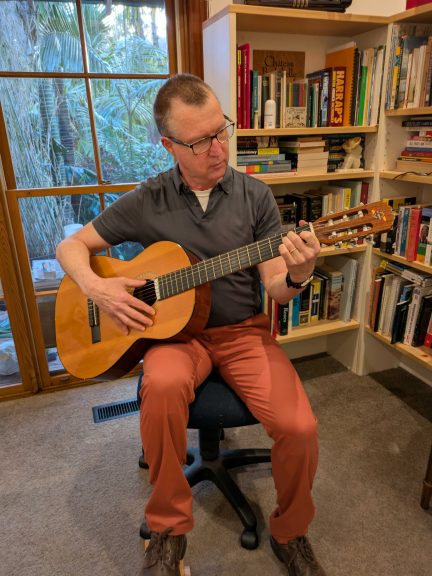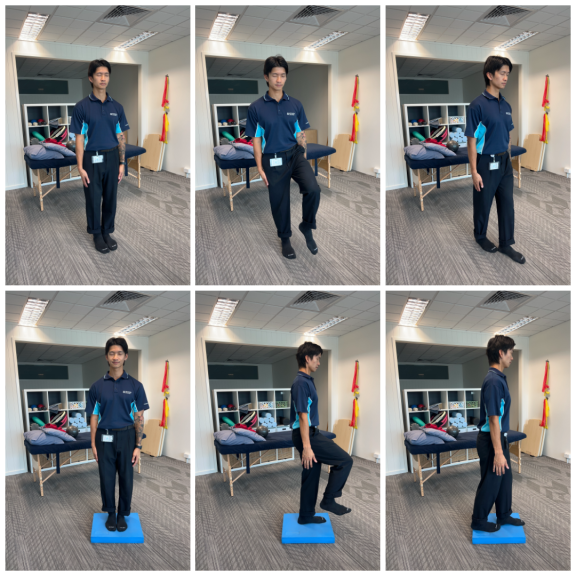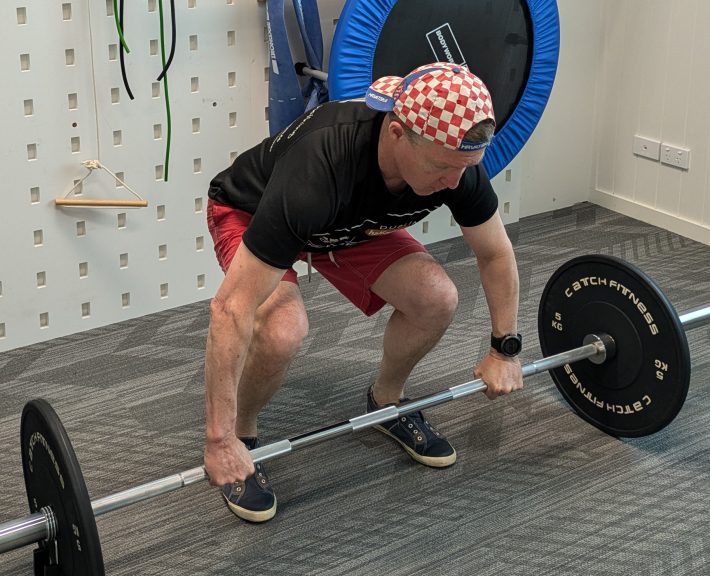Teeth grinding is commonly remarked upon by people who suffer head, neck or jaw problems and we can observe its effects in our patients. It affects up to almost a third of the population(1). We clinicians call this bruxism and it is defined as abnormal mouth activity with increased muscle activity.
If you suffer difficulty opening and closing the mouth, jaw clicks, jaw locking or stiffness/heaviness of the face or jaw, these put you at greater chance of having it. A recent German physiotherapy study confirmed that the presence of bruxism does make neck and jaw pain and disability worse(2).
Whether this occurs in your waking hours or during sleep, it is the same subconscious mechanism and points to complex brain functioning and many other factors. Some of which can easily be changed with lifestyle choices, such as smoking, alcohol.
Bruxism is the perfect storm of lifestyle, psychological, dental and nerve system factors.
The science tells us that while bruxism won’t cause neck pain, it can be linked in to making neck muscles and joints more sensitive, and for some this sensitivity also means a painful neck or jaw(2). So, potentially this increased sensitivity of the face and head will enable the neck to be painful in the absence of specific joint or muscle signs.
Our musculoskeletal physiotherapy approach considers what we can easily change. That is changing habits, training clenching awareness and reducing muscular tone, tension and shortening. This approach is both hands on and exercise based, and is therefore reliant on getting the patient involved in their own care.
Physiotherapy examination looks at the triggers to clench, the sensitivity of the nerve system and the biomechanics of the head and neck. We provide exercises and strategies to break up the clench frequency and to improve coordination of the jaw and head. Manual treatment of the joint that joins the jaw to the head (TMJ), upper back and neck will relieve pain and improve movement.
Please forward this to anyone who may benefit from reading this.
- Manfredini, D., Winocur, E., Guarda-Nardini, L., Paesani, D. & Lobbezoo, F. 2013. J. Orofac. Pain.: 27(2), 99-110.
- von Piekartz, H., Rösner,C., Batz, A., Hall, T. & Ballenberger, N. 2019. Musculoskelet. Sci. Pract.: 45, 102073.













